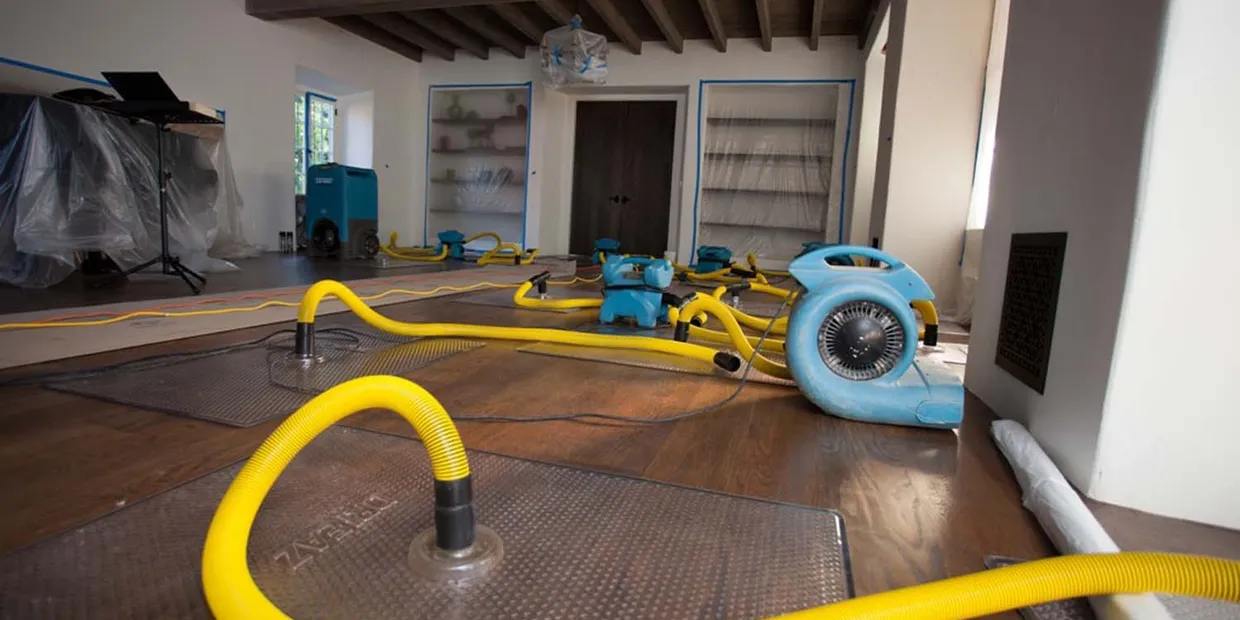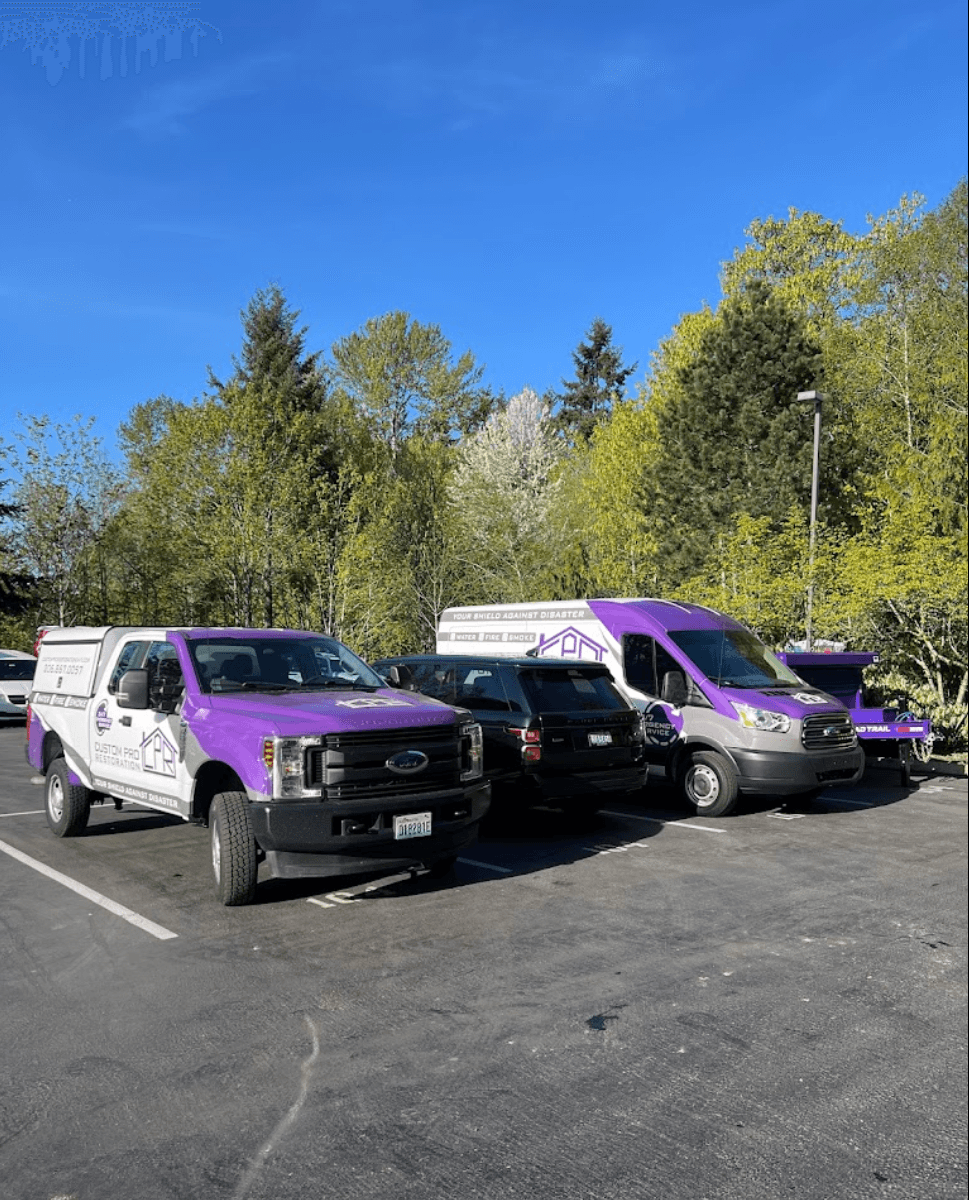Definition of Water Damage Mitigation
Water damage mitigation refers to the process of preventing, reducing, or reversing the destructive effects of water intrusion on a property or structure. This specialized field encompasses a range of techniques and strategies aimed at minimizing the impact of water damage, such as leaks, floods, or burst pipes.
The primary goal of water damage mitigation is to restore the affected area to its pre-damaged condition and prevent further deterioration. By promptly addressing water-related issues, property owners can mitigate potential structural damage and health hazards associated with moisture accumulation.
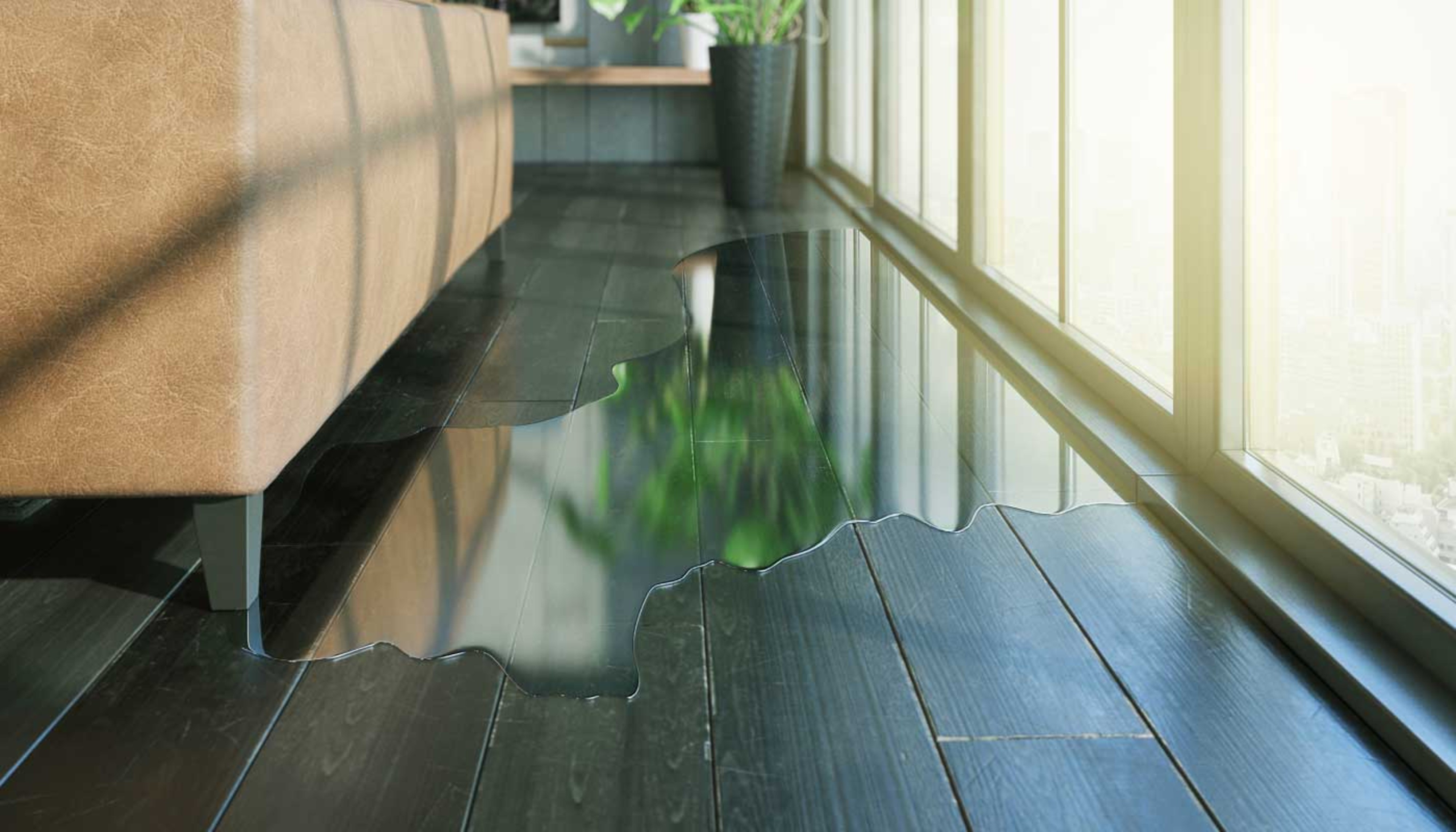
Importance of Prompt Action in Mitigating Water Damage
Time is of the essence when it comes to mitigating water damage. Acting swiftly in response to water intrusion can significantly minimize the extent of harm caused to a property. The longer excess moisture lingers, the greater the likelihood of structural weakening, mold growth, and other detrimental consequences.
Prompt action not only helps preserve the integrity of building materials but also reduces health risks for occupants by preventing mold spores from spreading. Therefore, understanding the urgency of addressing water damage is crucial for effective mitigation efforts.
Overview of the Process and Key Steps Involved
The process of water damage mitigation typically involves several key steps that must be carefully executed to achieve successful outcomes. From initial assessment and containment to remediation and restoration, each phase plays a vital role in mitigating water-related issues effectively.
Common steps in this process include identifying the source of water intrusion, extracting standing water using specialized equipment, drying out affected areas thoroughly to prevent mold growth, sanitizing surfaces to eliminate contaminants, and restoring damaged structures or contents. By following a structured approach that addresses each aspect comprehensively, professionals can ensure thorough mitigation and restoration efforts.
Understanding Water Damage
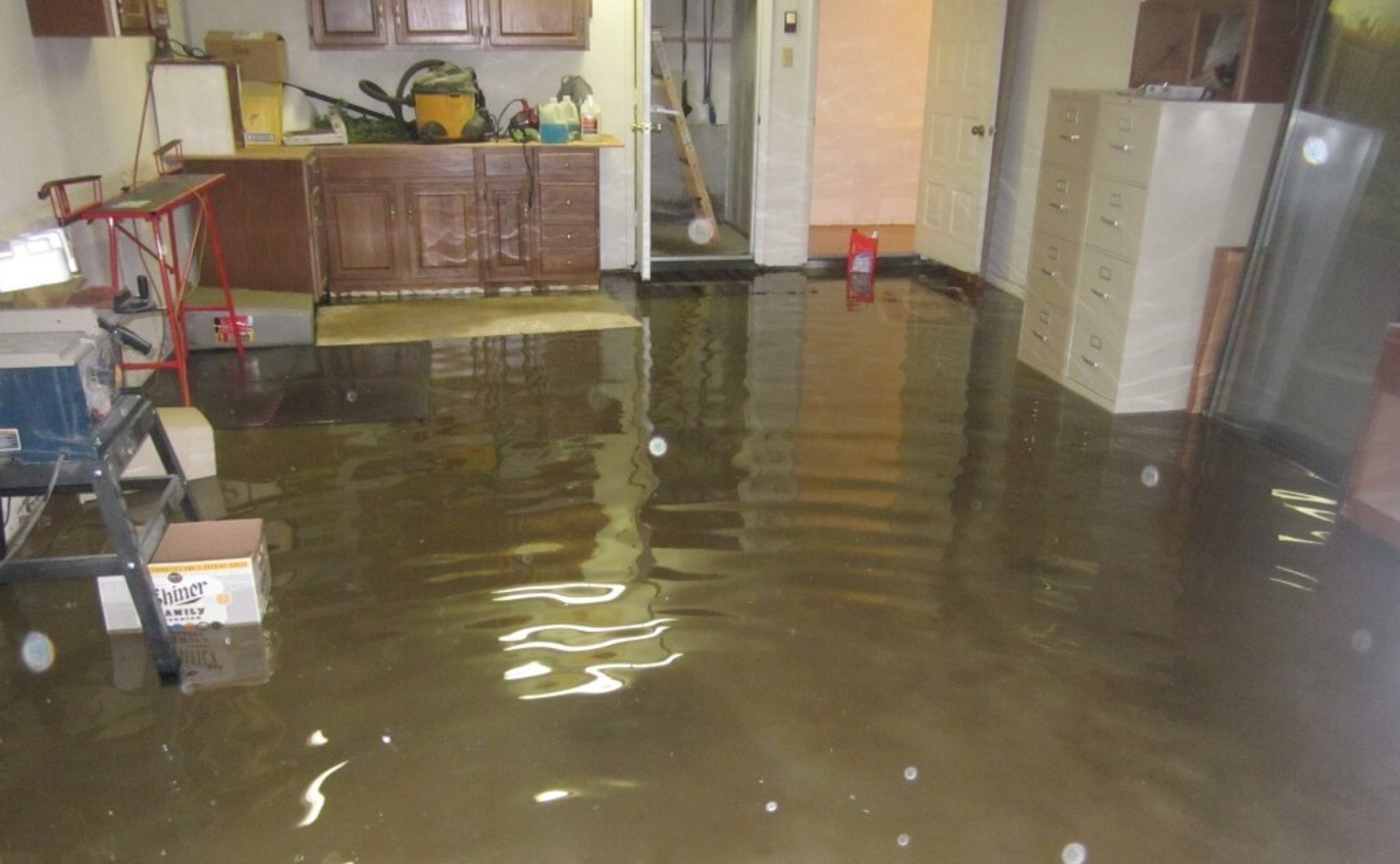
Different Types of Water Damage
Water damage can be categorized into three main types: clean water damage, gray water damage, and black water damage. Clean water damage typically originates from sources such as broken pipes, rainwater, or melting snow. This type of water is considered safe initially but can become contaminated if left untreated for an extended period.
Gray water damage refers to slightly contaminated water that may contain impurities from sources like appliances or sinks. Black water damage is the most hazardous and unsanitary type, originating from sewage backups or floods containing harmful substances.
When clean water seeps into a property due to a burst pipe or leaky roof, the initial response should focus on immediate extraction and drying to prevent further damage. Gray water poses a higher risk as it may contain chemical or biological contaminants that can cause health issues if not properly mitigated.
Black water is extremely dangerous due to its high level of contamination with bacteria, fungi, and other pathogens. Understanding the differences between these types of water damage is crucial in implementing appropriate mitigation strategies.
Common Causes of Water Damage
Water damage can occur due to various factors, with floods being one of the most common causes. Natural disasters like heavy rainstorms or hurricanes can lead to flooding both indoors and outdoors, causing extensive property damage.
Leaks in plumbing systems are another prevalent cause of water damage in homes and commercial buildings. A small leak in a pipe can gradually escalate into a significant issue if not addressed promptly.
Additionally, burst pipes are sudden and catastrophic events that result from freezing temperatures or deteriorating plumbing infrastructure. Understanding the common causes of water damage enables property owners to take proactive measures to prevent such incidents.
Regular maintenance checks on plumbing systems, roof structures, and drainage systems can help identify potential vulnerabilities before they escalate into emergencies. Being aware of the risks associated with floods and leaks empowers individuals to implement preventative actions such as installing sump pumps, maintaining gutters effectively diverting rainwater away from structures.
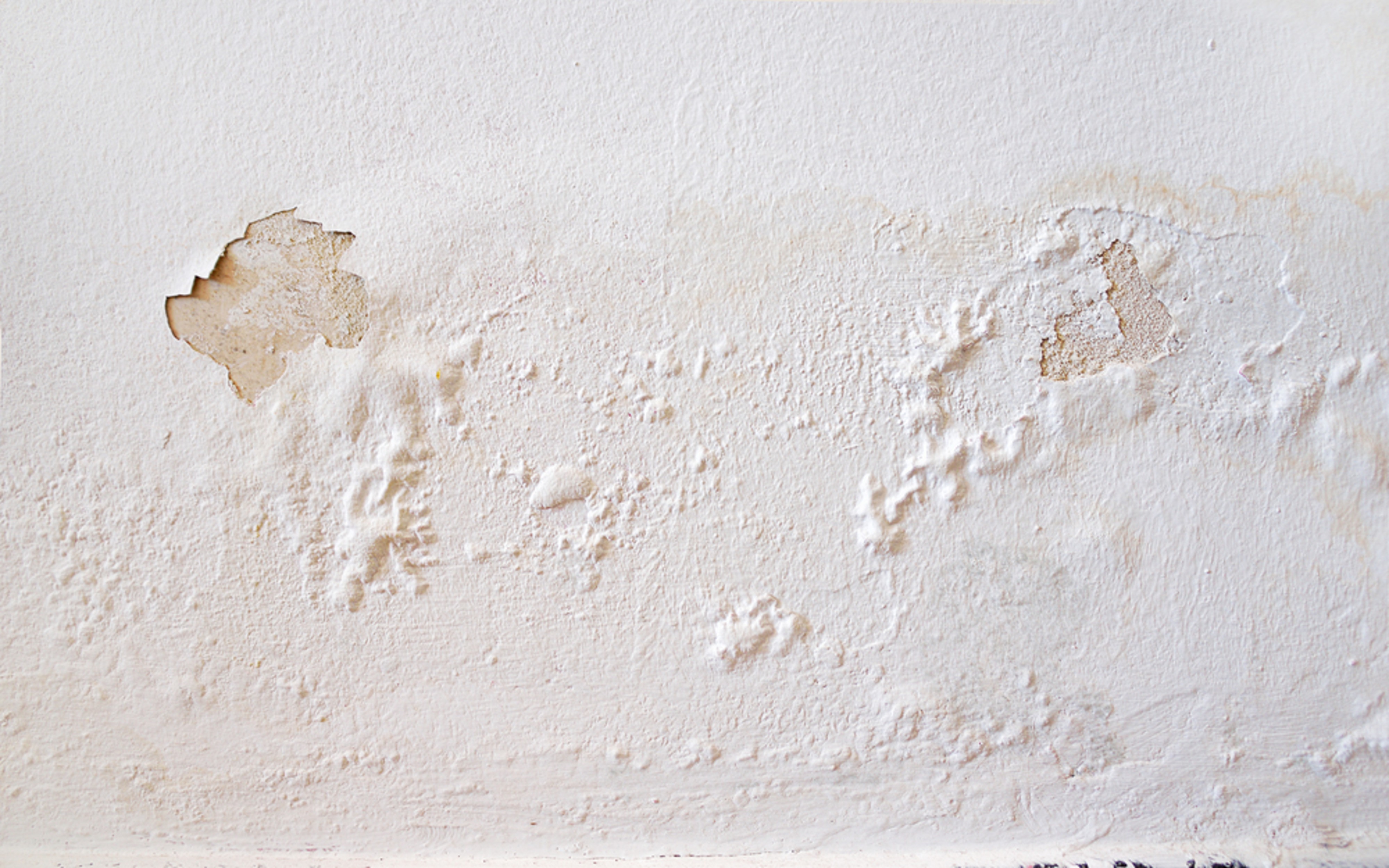
Structural Damage to Buildings and Property
Water damage can wreak havoc on the structural integrity of buildings and property. When water infiltrates walls, ceilings, floors, and foundations, it can lead to a multitude of issues. Prolonged exposure to moisture weakens wood, causing it to warp or rot.
Drywall may disintegrate and lose its stability. Metal elements can corrode and deteriorate over time.
Additionally, water damage can compromise the foundation of a structure, leading to cracks and instability. These structural damages not only jeopardize the safety of occupants but also result in costly repairs and renovations.
Furthermore, water damage can impact the aesthetic appeal of buildings and property. Stains on walls and ceilings from water infiltration are unsightly and diminish the overall appearance of a space.
Flooring materials such as carpets or hardwood may become discolored or warped due to prolonged exposure to moisture. Mold growth on surfaces not only contributes to structural degradation but also leaves behind unpleasant odors that are difficult to eliminate.
Addressing these cosmetic damages requires thorough restoration efforts that often involve replacement of materials and refinishing surfaces. In addition to physical harm, water damage poses significant financial implications for property owners.
The costs associated with repairing structural damages caused by water infiltration can be substantial. From replacing damaged building materials to addressing underlying issues like mold remediation or plumbing repairs, the expenses add up quickly.
Moreover, if left unattended, water damage can decrease the overall value of a property significantly. Insurance coverage for water damage mitigation may vary depending on the policy terms, leaving individuals vulnerable to financial strain in case of extensive damage.
Health Risks Associated with Mold Growth and Contaminated Water
Mold growth resulting from water damage poses serious health risks to occupants of affected buildings or properties. Mold spores released into the air during active growth stages can trigger allergic reactions in sensitive individuals, leading to symptoms such as congestion, coughing, sneezing, and skin irritation. Prolonged exposure to mold spores may exacerbate respiratory conditions like asthma or bronchitis and cause more severe health complications over time.
Moreover, the presence of contaminated water following incidents like floods or sewage backups introduces harmful pathogens into indoor environments.
Waterborne bacteria, viruses, and parasites present in contaminated water pose a significant health hazard when ingested or exposed through open wounds. Gastrointestinal illnesses, skin infections and respiratory issues are common consequences of coming into contact with contaminated water.
Thorough disinfection and sanitization measures are essential to eliminate these pathogens and ensure a safe living environment. Beyond physical health risks, the psychological impact of dealing with significant property damages cannot be understated.
The stress and emotional toll associated with coping with extensive destruction of personal belongings, displacement from homes, and uncertainty about recovery processes can have lasting effects on mental well-being.
Seeking professional assistance for both physical restoration tasks and emotional support is crucial in navigating through this challenging period effectively.
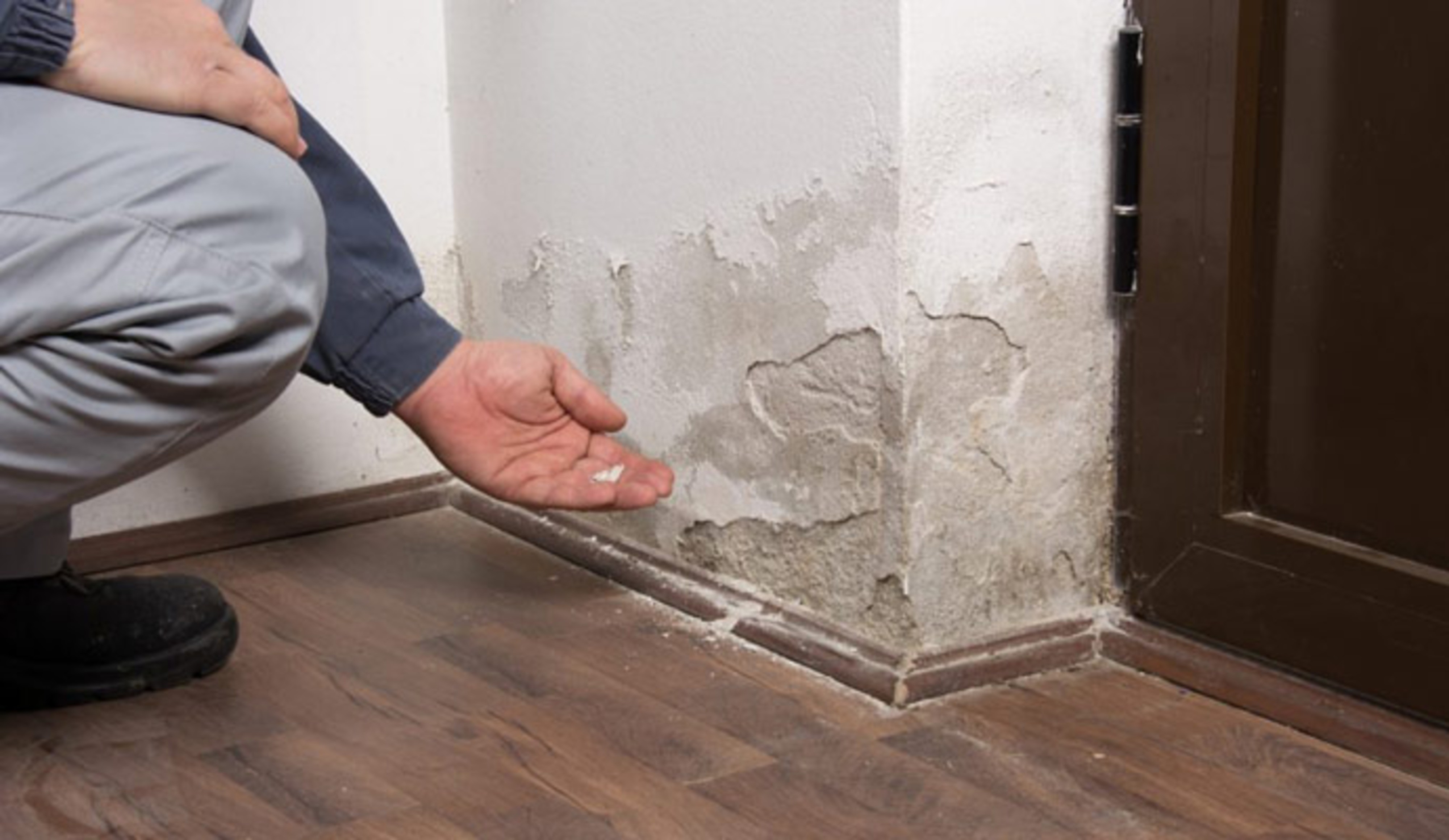
Initial Assessment and Inspection
When faced with water damage, the first crucial step in the mitigation process is conducting a thorough assessment and inspection of the affected area. This involves identifying the source and extent of the water damage to determine its cause and scope. Whether it's a burst pipe, leaking roof, or floodwater intrusion, pinpointing the origin of the water is essential to effectively addressing the issue.
Furthermore, during this initial phase, safety hazards must be evaluated to ensure that no risks are posed to occupants or restoration professionals. Electrical hazards, structural weaknesses, and potential contamination from standing water are among the safety concerns that need to be carefully assessed before proceeding with mitigation efforts.
Water Extraction and Drying
To efficiently mitigate water damage, specialized equipment such as industrial-grade pumps, wet vacuums, and dehumidifiers are employed for effective water extraction. Removing excess water promptly is vital in preventing further damage to building materials and inhibiting mold growth. Additionally, implementing proper drying techniques using air movers and moisture meters helps expedite the drying process.
The goal of water extraction and drying is not only to eliminate visible signs of moisture but also to address hidden pockets of dampness within walls, floors, and ceilings. By thoroughly extracting all traces of water and ensuring complete drying of affected areas, restoration professionals can significantly reduce the risk of secondary damages like mold infestations.
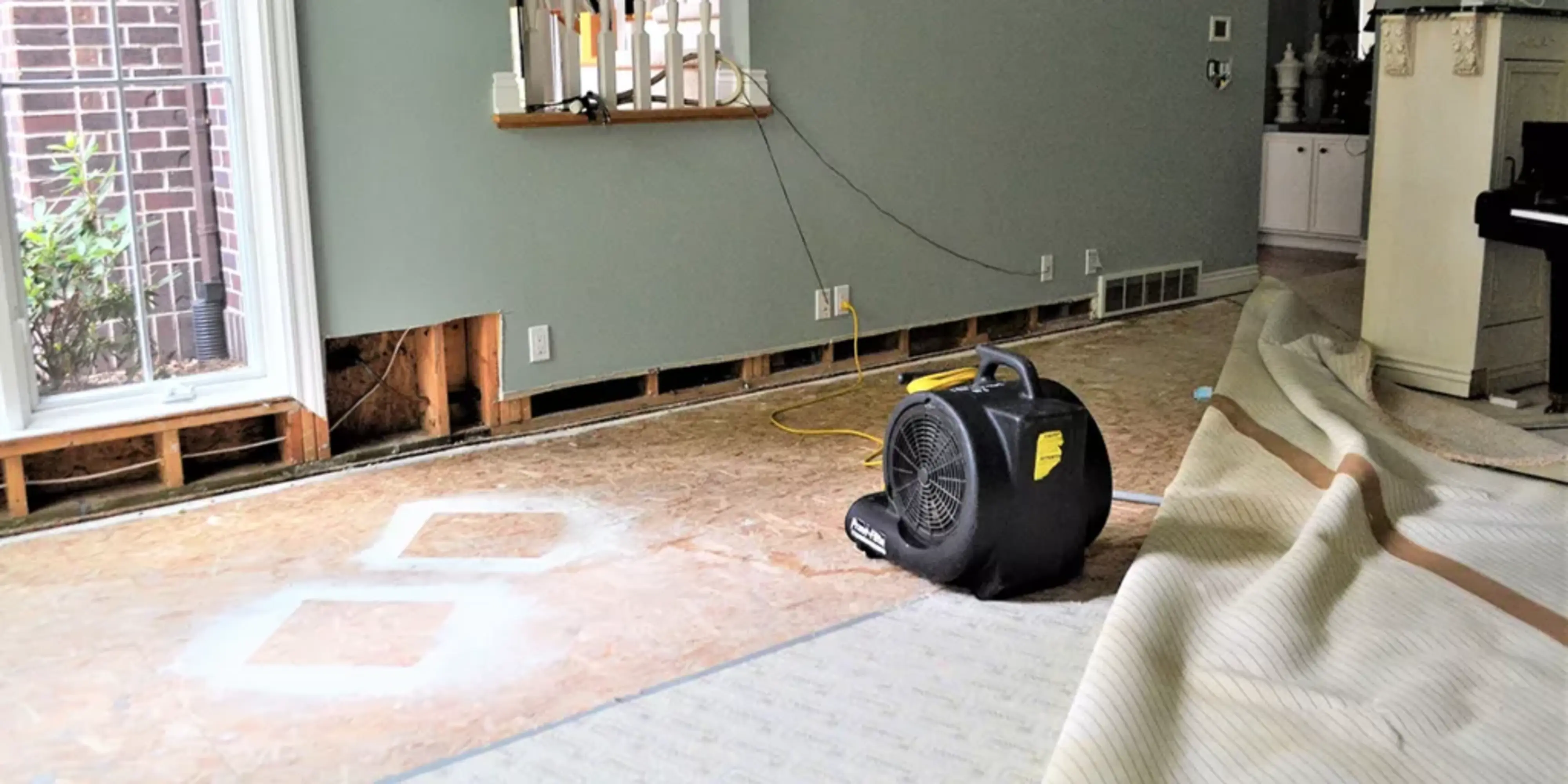
Cleaning and Sanitizing
Once water has been extracted and affected areas have been dried out, thorough cleaning and sanitizing are essential steps in restoring a property to its pre-damage condition. Disinfecting surfaces with antimicrobial solutions helps eliminate bacteria present in floodwater or sewage backups that can pose health risks if not properly addressed.
In addition to sanitization efforts, restoring property to its pre-damage state involves cleaning carpets, furniture, upholstery, and other items that may have been exposed to contaminated water. Professional restoration technicians employ specialized cleaning techniques tailored to different materials to ensure effective removal of residues while preserving structural integrity.
Tips for Preventing Water Damage in Homes and Businesses
Water damage can be a costly and stressful issue to deal with, but there are proactive steps that homeowners and business owners can take to minimize the risk of such incidents. One crucial tip is to regularly inspect and maintain your plumbing system.
Check for any leaks, drips, or signs of water damage in bathrooms, kitchens, basements, and utility rooms. Replace old or worn-out hoses on appliances like washing machines and dishwashers to prevent potential leaks.
Ensure that gutters and downspouts are clear of debris to allow proper drainage away from the building's foundation. Another important preventive measure is to monitor your water bill for any sudden spikes in usage, as this could indicate a hidden leak somewhere in your plumbing system.
Installing leak detection devices or smart water sensors can provide early alerts to potential issues before they escalate into significant water damage. Additionally, consider insulating pipes exposed to colder temperatures to prevent freezing and bursting during winter months.
Educate household members or employees about the importance of reporting any water-related issues promptly to address them before they worsen.
Consistent maintenance is key to reducing the risk of water damage in both homes and businesses. Schedule annual inspections by a professional plumber to check for any hidden leaks or potential vulnerabilities in your plumbing system.
This proactive approach can help identify minor issues before they turn into major problems that cause extensive water damage. In addition, consider investing in a sump pump with battery backup for properties prone to flooding or located in high-water table areas.
Furthermore, maintaining proper drainage around your property is essential for preventing water seepage into basements or crawl spaces during heavy rainfall. Ensure that landscaping slopes away from the building foundation and that stormwater runoff is directed away from vulnerable areas.
Regularly inspect roofs for missing shingles, damaged flashing, or clogged gutters that can lead to roof leaks during storms. By staying vigilant with routine maintenance tasks and promptly addressing any concerns related to water intrusion, you can safeguard your property against costly water damage incidents.
Contact Information
Call Us for Immediate Assistance
If you find yourself in the midst of a water damage emergency, do not hesitate to reach out to our team at (206) - 867 - 0057. Our expert technicians are available 24/7 to respond promptly to your call and provide immediate assistance. Whether it's a burst pipe, flooding, or any other water-related disaster, our experienced professionals will be on-site quickly to assess the situation and start the mitigation process without delay.
Email Us at Info@fromcpr.com
For inquiries that are less urgent but still require attention, feel free to email us at Info@fromcpr.com. Our dedicated customer service team monitors this email address regularly and will respond promptly to any questions or requests for information about our water damage mitigation services. Whether you need more details about our process, want to schedule an assessment, or have general inquiries, sending us an email is a convenient way to get in touch.
Conclusion
While facing water damage can be a stressful and challenging experience, it is crucial to remember that prompt action and professional assistance can make all the difference in mitigating the impact of such incidents. By understanding the causes and effects of water damage, following preventative measures, and seeking help from experts when needed, you can protect your property and ensure a swift recovery process.
Remember that every crisis presents an opportunity for growth and resilience – with the right support system in place, you can emerge from adversity stronger than before. Stay proactive, stay informed, and know that help is always just a phone call away.
